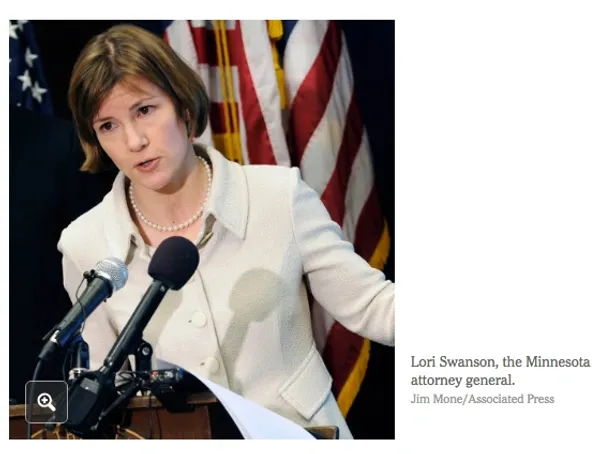at 612-315-3037 or
www.swansonhatch.com

The collapse of the I-35W bridge was a tragedy that we should never forget. 13 people were killed, and over 100 people were injured. In the aftermath of the collapse, numerous lawsuits were filed, many of which involved the State government. These lawsuits made substantial changes in public construction law.
A Minnesota Supreme Court decision changed the law as it relates to retroactive application of amendments to the statutes of limitation and retroactive application of indemnity statutes. The court also created new law as it relates to government impairment of contracts.
A second Supreme Court decision established parameters for design-build construction contracts, a bid process authorized by a statute enacted the year of the bridge collapse.
***
In October 1962, Sverdrup & Parcel and Associates Inc. (Sverdrup) entered into a contract with the State of Minnesota to design a bridge that would carry Trunk Highway 35-W across the Mississippi River near downtown Minneapolis. Sverdrup agreed to indemnify the State for "any and all claims, demands, actions or causes of action of whatsoever nature or character arising out of or by reason of the execution or performance of the work ... provided for under this agreement." Sverdrup certified the final design plans for the bridge in March 1965, and construction of the bridge was substantially completed in 1967.
In 2003, the State contracted with URS Corporation (URS) to inspect the bridge and recommend repairs. In 2007, the state contracted with Progressive Contractors Incorporated (PCI) to repair the bridge. The repair project began in June 2007 and was scheduled to be completed in September 2007.
On August 1, 2007, the bridge collapsed. Thirteen people were killed, and more than 100 were injured. Legislation was enacted with the recommendation and help of the Minnesota Attorney General’s Office to create a claim fund to compensate survivors of the collapse. 179 survivors made statutory claims for compensation and were paid $36,640,000 through the compensation statutes and $398,984.36 from the emergency-relief fund. The compensation statutes provided that the State may seek reimbursement from culpable for these payments.
Retroactive changes to statutes of limitations and repose; retroactive application of indemnity for payments made to victims
In Re Individual I-35W Bridge Collapse Litigation,
806 N.W.2d. 820 (2011)
https://scholar.google.com/scholar_case?case=5869307679102647709&q=lori+swanson&hl=en&as_sdt=4,24,85,87,92,97,113,128,148,150,155,160,256,257,273,274,284,285,319,320,336,337,347,348,382
After the State made payments to the victims, Swanson’s office filed a lawsuit against Jacobs, the company that acquired Sverdrup and assumed Sverdrup obligations under the 1962 construction contract. The lawsuit claimed that Sverdrup was negligent in the design and construction of the bridge. Jacobs denied the claim, stating that the claims were barred by the applicable statute of limitations and that indemnity was not assumed under the 1962 construction contract.
The state legislature changed the statute of limitations and the statute of repose on multiple occasions before and after the construction of the bridge and before and after the collapse of the bridge. The case involved substantial discussion as to the applicability of a retroactive change in the statute of limitations. The courts eventually ruled in favor of the State and applied the retroactive changes in the law.
Jacobs also asserted that in 1962, the State had sovereign immunity on such claims and that this law was an integral part of the construction contract. Jacobs then argued that the legislature’s modification of the statutes to allow recovery for the injured travelers was a retroactive change and therefore an unconstitutional impairment of contract. Once again, the courts ruled for the State and held that the newly-enacted compensation statutes applied and the State could get indemnity from Jacobs for such payments. A copy of this decision can be found at the following link:
Applicability of standards for awarding design-build
contract on bridge construction